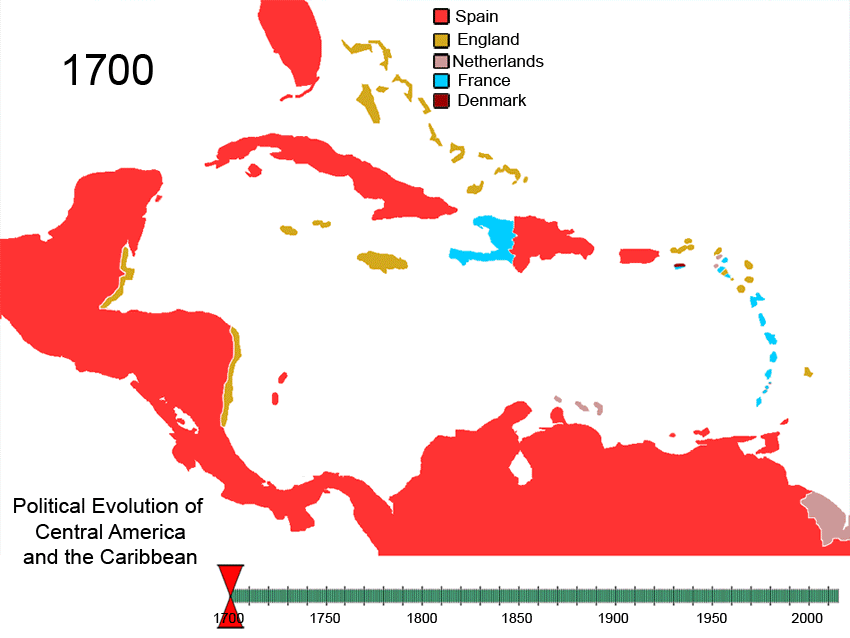
Topics on the Page
A. The wars for independence, including the influence and ideas of Simon Bolivar, Jose de San Martin, and the American and French Revolutions
B. Economic and social stratification
C. The role of the church
D. The importance of trade
E. The growing influence of the United States as demonstrated by the Spanish American War and the building of the Panama Canal
F. The Mexican Revolution
G. The Cuban Revolution
H. The Drive for Modernity: Technology and Transportation
- Candido Rondon, the Lewis & Clark of Latin America
Focus Question: What were the major developments Latin American history before the early 20th Century?
A. Wars for Independence
Movements for independence flourished in Latin America after the successes of the American and French Revolutions. The following leaders were integral to Latin America's struggle for independence:
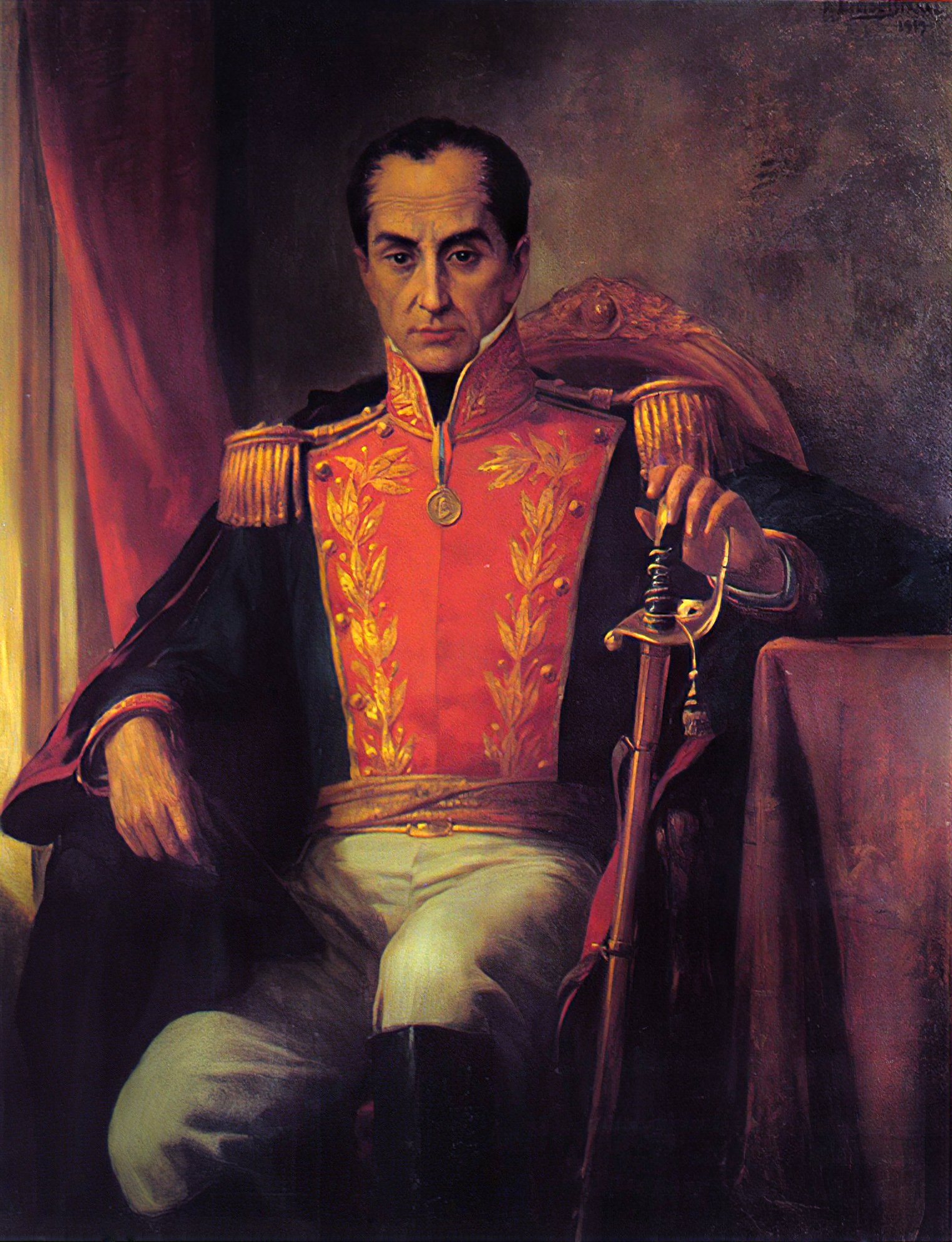 |
| Portrait of Simon Bolivar |

Map of Dates of Independence of American Nations
Simon Bolivar (1783-1830) was one of South America’s most celebrated generals who
helped win independence for Bolivia, Columbia, Equador, Peru and Venezuela.
For his work promoting independence from colonial rule, Bolivar has been called the ‘Great Liberator’ and "the George Washington of South America."
Between 1810 and 1824, Bolivar lead a number of rebellions against the Spanish, culminating in him being named Dictator of Peru, a position which he used to continue to organize against colonial rule until his death in 1830. Bolivar continues to be central to the national narratives of the nations he helped to free.
Click here for an extensive biography of Simon Bolivar
 The Jamaica Letter ,1815; Message to the Congress of Angostura, 1819 opposing slavery.
The Jamaica Letter ,1815; Message to the Congress of Angostura, 1819 opposing slavery.
José de San Martin (1778-18) was an Argentine general who fought for the independence of
Argentina, Chile and Peru from Spain.
San Martin was educated in Spain and fought with the Spanish against Napoleon. In 1812, upon learning about the fight for independence in South America, San Martin sailed to Buenos Aires where he gained control of a small army.
San Martin skillfully outmaneuvered the Spanish in Chile in 1818, and went on to help Peru win freedom in 1821. In 1822, he met with Simon Bolivar to discuss the future of Latin America, at which time the former ceded control of Peru to the latter.
Click here for a timeline of events in Jose San Martin's life.
A statue of San Martin can be found in Central Park in New York City
B. Economic and Social Stratification
 |
| Coffee plantation in Brazil, with European immigrant laborers |
During the long process of decolonization in Latin America, old feudal systems that had dominated in Latin American colonies began breaking down. In the new context of independence, power and wealth became condensed into the hands of ruling, aristocratic elite, and the gap between the upper and lower classes continued the widen. Although social and economic stratification varies from country to country, this trend persists.
Socio-Racial Stratification, or "Castas" in Mexico
In Mexico, the Colonial period lasted about 300 years (1535 Viceroy, King’s representative arrived from Spain/Charles I). As a result, the colonies adopted the Spanish socio-racial hierarchical system of "castas" or castes.
This system classified personas based upon purity of racial and social status, with the most powerful at the top of society, all subject to the control of the viceroyalties subjected Spain's will.

Being Black in Latin America:
Racism, specifically anti-blackness, has contributed to the economic and social stratification of Latin America since the the begin of colonialism in the global south during the early sixteenth century. As you can see in the list of castas above, lighter skinned people lay at the top of the social ladder, while darker skinned people sit at the bottom. The timelines below highlight the history of a few Latin American countries, and the ways race has shaped and continues to define stratification in these nations.
For more information Read this essay titled "Why it is Necessary that all Afro-Descendants of Latin America, the Caribbean and North American Know Each Other More' from the PBS website
Click here for a BBC special on slavery in Brazil
PBS has a series all about Blacks in Latin America, including information about migrations, timelines, and the cultural significance
Go here to learn about various groups' migrations to Latin America
As a result of Spanish and European (read; France) colonial influence, which had already permeated through Mexico, Catholicism and the Church have been an integral part Latin American culture and society since the start of their colonization.
- Historically, Spanish priests began converting the Indigenous to Catholicism from the 1520’s onward. Indigenous peoples incorporated the Catholic saints into their native practices. From the 1500's onward, millions were baptized, creating a hybridized religious landscape.
- In recent years, scholars have begun to acknowledge and explore the complex ramifications of these acts of deculturing indigenous communities throughout Latin American and the Caribbean;
- "In fact, colonizing the spiritual beliefs of native communities was one of the most important strategies throughout the colonization of Latin America. Catholicism was carried by the colonizers as the religion of “civilization”, and only through evangelization would indigenous people overcome “savagery”. With this mindset, indigenous communities across a great portion of the continent were evangelized though a process called “reduction”. This referred to progressively converting native peoples to Catholicism in places called “missions“, which gathered the native communities for evangelization, agricultural production, crafts and construction. Evangelization took place through preaching the bible, instruction, and also through coercion. Natives would be forbidden to speak in their languages and their temples would be destroyed, among other practices of colonization." Read the full journal article here.
Despite the overwhelming spread of Catholicism, some indigenous customs of worship, like Dia de los Muertos or The Day of the Dead, remained through history. Click here for a short and interesting explanation of The Day of the Dead.
The sect of Santo Daime in Brazil is an example of Christianity blending with indigenous practices
Here is an article about how the current decline of Catholicism in Latin America, despite its history of devout worship, is affecting the marriage equality debate in Latin America.
- It is also worth noting that 45% of the worlds catholic population is in South America yet the current pope, Pope Francis is the first from the Americas
D. The importance of trade
 |
| Fair Trade Coffee growers in Tacuba in the Parque Nacional El Imposible, El Salvador |
Prior to the 20th century, most people in Latin America were involved in agriculture and subsistence farming, as in they farmed to clothe and feed themselves.
- Most people did not own their own land because it was viewed as communal land.
- Two major exports were minerals and agricultural products, and most of these went to Europe, not to local people.
- The upper class was able to meet its own needs without much economic expansion as societies were run for the benefit of the upper class.
Today, some of the world's largest coffee producers are still Latin American countries, a legacy from colonial coffee plantation economies.
 To learn more, this interactive map from National Geographic, which gives brief histories of how coffee impacted the economies of the corresponding countries.
To learn more, this interactive map from National Geographic, which gives brief histories of how coffee impacted the economies of the corresponding countries.
E. The growing influence of the U.S. as demonstrated by the Spanish-American War and the building of the Panama Canal
Library of Congress website on the Spanish American War
Timeline of the Spanish-American War
- When the conflict was settled by the Treaty of Paris, Spain relinquished its sovereignty over Cuba, and ceded Puerto Rico, the Philippines, and Guam to the United States.
- Although, rebels in the Philippines and Cuba had looked to the Americans as saviors, the U.S. victory only replaced one imperial power with another.
- The new territory promised markets, military bases, and influence overseas. It also enlisted the U.S. into the ranks of Europe's imperial powers--surely a difficult position for a nation not only founded in opposition to British imperialism, but also fostered on the tenets of the Monroe Doctrine, which asserted that Old and New World systems were so contrary that they should operate on different halves of the globe.
- The Spanish-American War would spur U.S. policy-makers to reinterpret the Monroe Doctrine and reassess American leadership as it extended from the Western Hemisphere to the world.
African American soldiers served with distinction and controversy within the United States during the war.
Click here for an eye-opening video about United States Imperialism in Latin America.
Click here for a 10 question trivia game on the Spanish-American War
F. The Mexican Revolution:
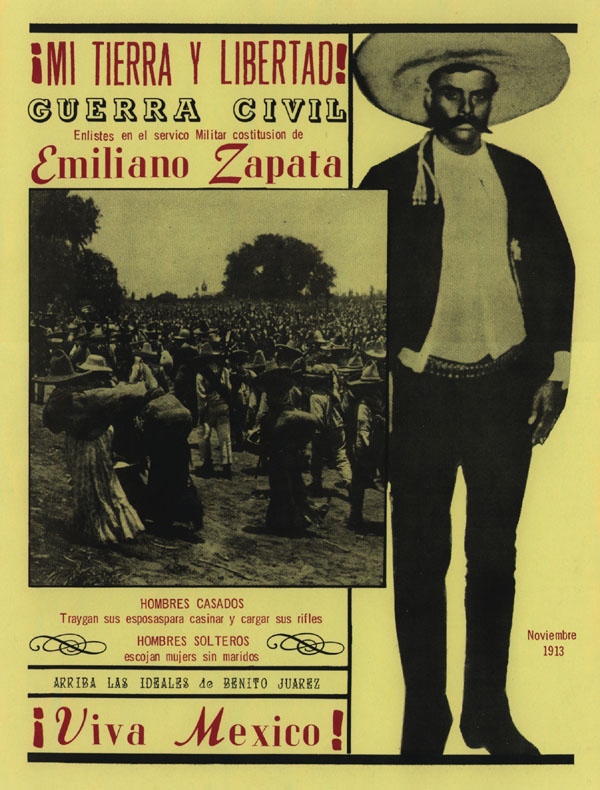
- Unhappy with Spanish economic policies and coupled with the successful revolutions in America and France, the Creoles pushed for reform and started the movement for independence.
- On September 16, 1810, Father Miguel Hidalgo y Costilla demanded independence from Spain. The conflict lasted 5 years but failed.
- In 1820 the Creoles and Peninsulares joined forces, and on September 27, 1821, the Treaty of Cordoba Mexico wins its independence.
- In 1824 Mexico wrote a constitution, but over the next 40 years Mexico went through 56 different governments, including:
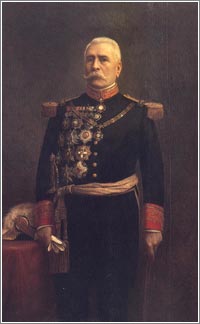 |
| Porfirio Diaz |
- Francisco Madero was assassinated in 1913 and is followed by Venustiano Carranza. Carranza's government was challenged by 2 revolutionary leaders who are today considered national heroes:
- Venustiano Carranza survived as President and revised a new constitution that is the backbone of the modern Mexican nation:
- Presidents can only serve one term
- Government has control over education, the church, farms, oil factories, and protects labor/workers, as well as basic democratic freedoms

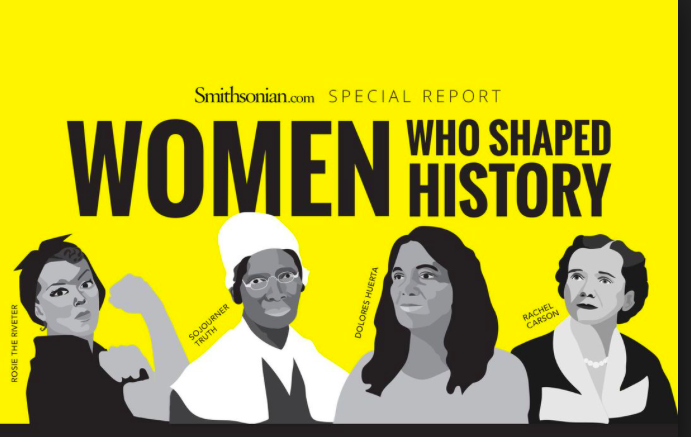 Women of the Mexican Revolution
Women of the Mexican Revolution
 Here is a video that gives a rapid overview of this period in Latin American history
Here is a video that gives a rapid overview of this period in Latin American history
G. Cuba in the 19th Century
Here is the link to the Cuban Revolution page: Cuban Revolution Dramatic Event Page
Cuba was colonized by Spain, and remained a colony until the later half of the 1800s.
Cuba was a source of immense wealth for Spain due to its sugar plantations. Here is a brief history into them.
Cuba fought several wars for its independence, including the Ten Years War, The Little War, and the Cuban War of Independence. You can read more about this timeline here.
After the Cuban War of Independence, the United States occupied the country for four years, only recognizing Cuba's independence in 1902. Read more here.
H. The Drive for Modernity
Click Here to View Brittanica's Background of Transportation in Latin America
Click here to view Lisa M. Edwards (professor at UMass Lowell) take on the history of technology and transportation in Latin America
- A important aspect of Latin American history is the drive for modernity in throughout the continent.
- After the period of revolutions, the 19th century saw an increase in transportation systems construction in various countries.
- This, however, is difficult in a country with such diverse geographical features as Latin America; Amazon Rainforest, Atacama Desert, Andes Mountains etc.
- Ports for Trade
- Natural Harbors of South America were ideal for trade: Rio de Janeiro, Salvador, Montevideo
- Railroads
- Lisa M. Edwards of UMass Lowell says of railroads in Latin America:
- "Technology and investments in late nineteenth-century Latin America tended to focus on the extraction, processing, and transport of raw materials, which remained the region's primary exports well into the twentieth century. Liberal governments granted generous concessions to foreign investors to build railroads and other infrastructure that would allow for further economic development. Railroads, widely seen as the symbol of progress and modernity in Latin America (as elsewhere), facilitated communication and transportation between productive areas and ports (or, in the Mexican case, border regions), but tended not to connect interior regions to each other."
- Notable People
- While much of the transportation development in Latin American flourished in the early 20th century, an interesting character of this period was Candido Randon of Brazil.
- Rondon is known as the Lewis and Clark of Latin America. As Lain America attempted to modernize after revolution, governments realized a challenge they face was connecting and communication. Standing between them and modernization was the rain forests and mountains of central South America. With the support of the government, Rondon trekked through the rainforest in Brazil to lay roads and telegraph wires.
Comments (0)
You don't have permission to comment on this page.